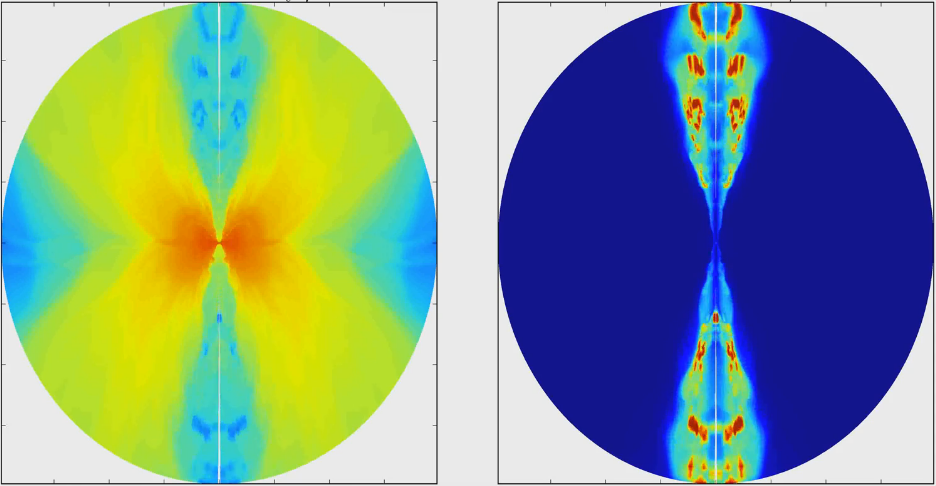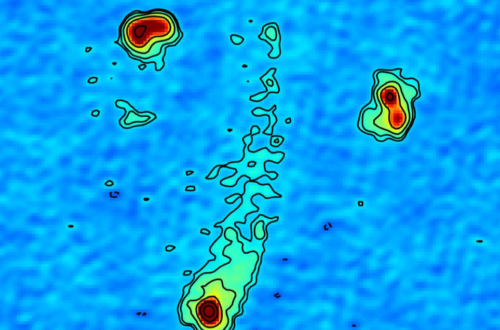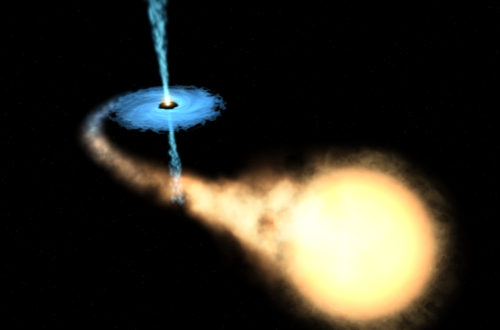It has been a while since I wrote my last post and much has happened in the meantime. As I explained in an earlier post, I’m a master’s student and within the master’s program for Physics & Astronomy there are seven tracks. I am in the Gravitation, Astro- and Particle Physics (GRAPPA) track which focuses on the intersection of theoretical physics, experimental (astro)particle physics and astrophysics. Now, the cool thing is that one MSc student from the GRAPPA track is awarded a grant to enhance their master’s thesis each year. This grant is called the Volkert van der Willigen grant after its initiator and it is meant to support young scientists during their research project. This year, I was the proud winner of this grant and I used it to visit and collaborate with the theoretical high-energy astrophysics research group led by Dr. Foteini Oikonomou at the Norwegian University of Science and Technology (NTNU) in Trondheim. In total, I stayed there for 5 weeks until April 22, and I had a wonderful time!
One of the goals of my research project is to do a comparison of different types of models that explain the emission of jets launched by black holes. Observations tell us that black holes can have collimated, highly relativistic jets. These jets can form for any black hole mass so we see them in black hole systems ranging from stellar mass black holes, i.e. black hole X-ray binaries (BHXBs), to supermassive black holes (SMBHs) in the centre of galaxies. This means that we see black hole jets everywhere in the Universe, and semi-analytical jet models are used to fit the multi-wavelength emission of these jets, which can be used to learn more about their formation and behaviour. Our group is using a multi-zone, structured jet model which was first developed by Prof. Sera Markoff (Markoff et al. 2000) and later expanded by former PhD students Matteo Lucchini (BHJet; Lucchini et al. 2022) and Dimitrios Kantzas (HadJet; Kantzas et al. 2020).
In contrast, many models used in the literature are single-zone models which consider a single spherical region in the jet instead of its full structure. Generally, these single-zone models are well able to fit the majority of observations, but it is very important to understand if there exists a systematic difference when compared to a multi-zone model. In Trondheim, Dr. Oikonomou and her group use such a single-zone model called AM3, and very recently she and others have been working on a comparison of multiple single-zone codes (Cerruti et al. 2022). This comparison showed good agreement among the different single-zone codes. Therefore, it is interesting to extend this comparison project to multi-zone models, and to combine the experience of both research groups to map out any potential differences.
Besides working on my project, I also took the chance to explore the country and I simply love it. During the first weekend of my trip, I saw the northern lights for the first time in my life which was astonishing. The following week, I rented a car to explore more than just the city of Trondheim, and I was fascinated by the untouched and rough landscape (and the lack of people). The entire look of the country was in such stark contrast compared to the Netherlands. Unfortunately, the skiing conditions were not optimal due to a relatively warm February, but I did go on a few hikes, which I would definitely recommend.
Here are some photos I made during my trips there:
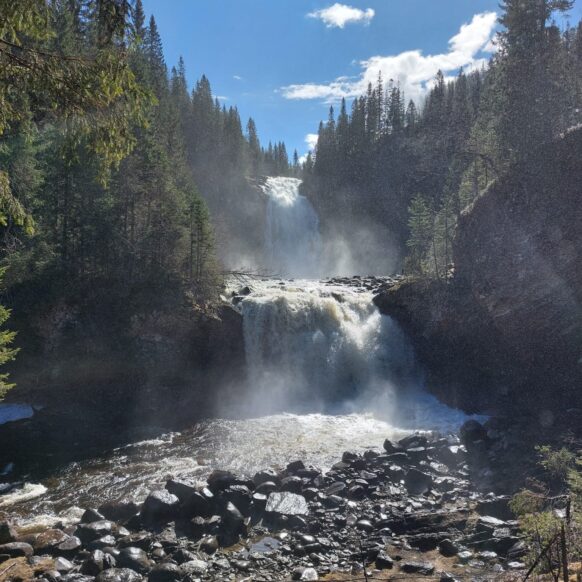
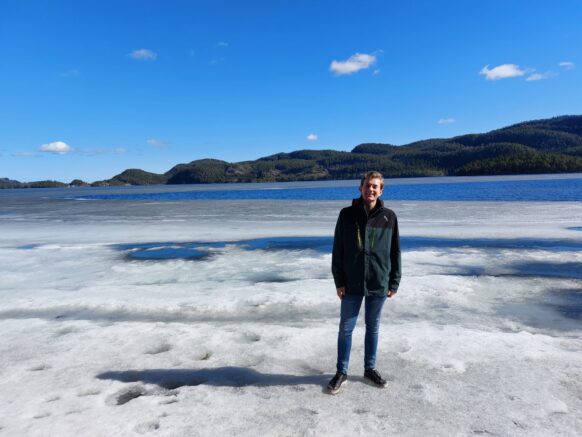
As always in science, there is a still much work to be done and my project is certainly not finished. The next two months, I will focus on the last parts of my thesis and on writing it, which always takes more time than anticipated. I am really grateful for this opportunity to not only do an exciting research project abroad, but also for all the kind people I met in Norway and the valuable research experience I obtained. Lastly, thanks to Volkert van der Willigen for his efforts in stimulating young scientists to explore the world while doing science!

